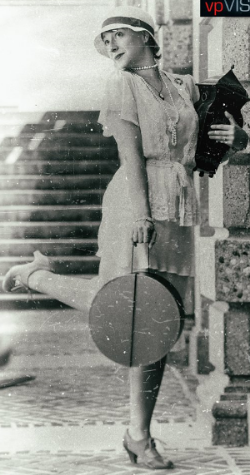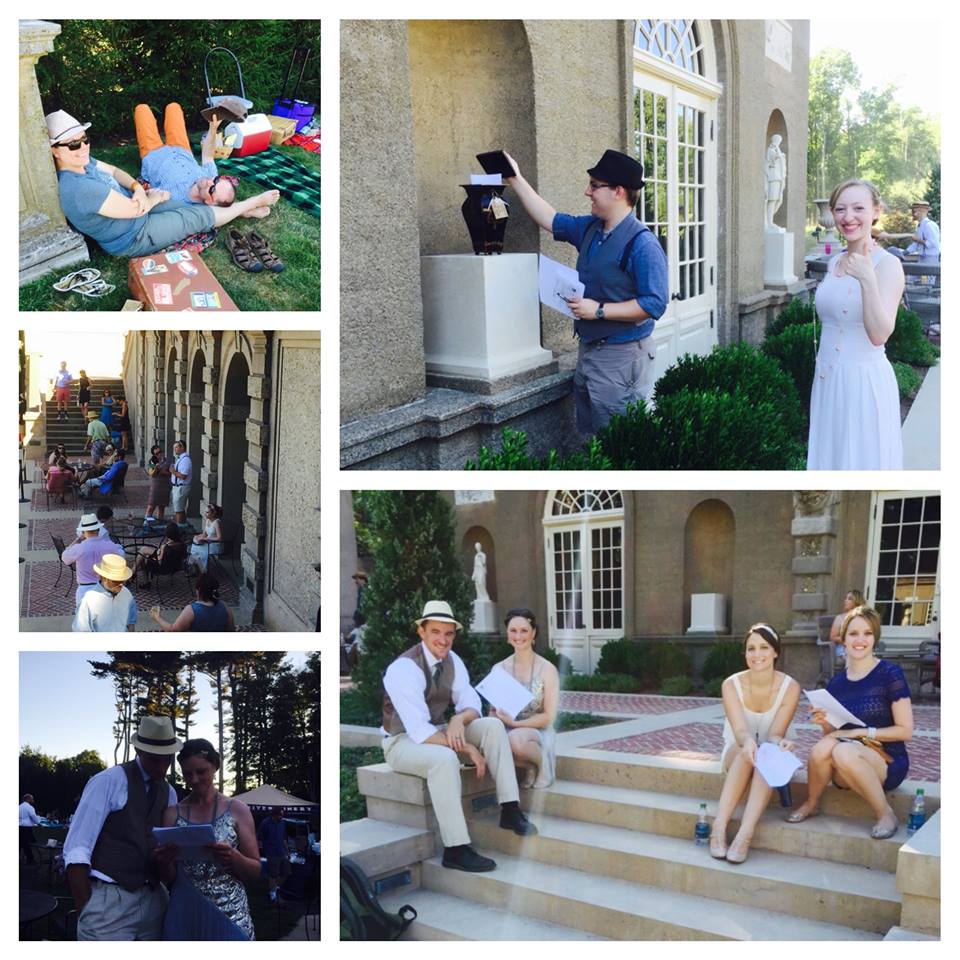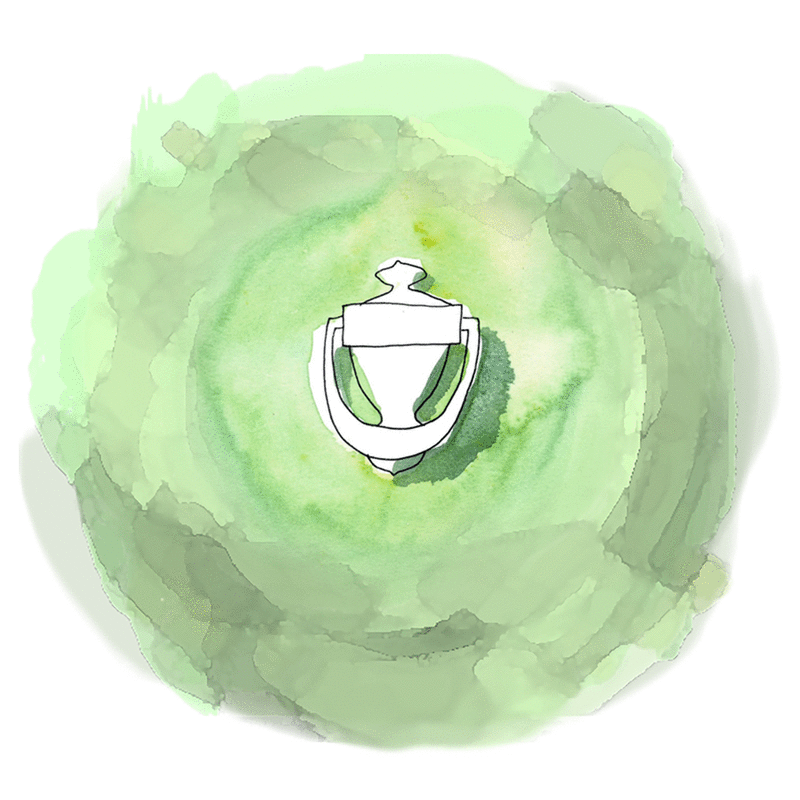
There are a million reasons why you can’t spend an extra hour running a playtest. You’re busy. You forgot. The game has to go live soon. You have to wash your hair. After 8+ years of gamebuilding, even I do it. It’s hard to spend an hour listening to everyone tell you everything that’s wrong with your work! But this weekend, we ran a wonderful ad-hoc game, that could have been way more wonderful- and made me remember why you always ALWAYS playtest.
In this event, we took over the massive Crane Estate lawn in Ipswich, MA and have a full Gatsby party with picnics, an amazing band, antiques, a dance floor, old cars, vintage vendors, dance performances, a Dandy Dash, acrobatics, lawn games- it’s the best. And it needed a game!!
First of all… let’s talk paper games.

Paper games are great. If you don’t have technology or don’t need technology, don’t use it. This event had a strict 1920’s theme so cell-phones or ipads just didn’t fit. No worries- geocaching is great. Letter boxing is great. There are a million awesome games you can make with paper. BUT, the challenging thing that I forgot about paper is:
1. You have to print it. A lot of it.
2. Once it’s printed… pretty much no changes can be made.
If you’re used to dealing with digital games like I am, this is a MAJOR process change. Typically if there’s a flaw in a game, we fix it and off it goes. When there are puzzles involved, if you have an extra space or an extra circle, you just put in that extra space and you’re done. This is not the case with paper games— and it made me remember just how much of a difference one space or one circle can make in a game.
And that’s where we come to testing. If you have not heard it from me, or someone else, I’ll repeat: TEST! Thou shalt TEST your games. Always, always, always, test your games. According to THIS article, the optimal number of people to test with is 5. Do take a look at this article, it’s one of my favorites.

I think they’re right. After 5 people test, you start to get testers just repeating mistakes that they find. It’s good to have more, but you don’t need them. I found this quote really striking:
As soon as you collect data from a single test user, your insights shoot up and you have already learned almost a third of all there is to know about the usability of the design. The difference between zero and even a little bit of data is astounding.
One. Just one. I’ve been building games professionally for a while, so you would think I would know this, right? But no… life happened. My favorite person, my wonderful grandmother (who lived a good long life but death still sucks) finally left us, throwing my whole existence and schedule into complete disarray. By the time I came up for air, I had two days to get this game out. They had already announced the game in print so there was no going back.

But… I reasoned: I can do this. I’ve built games on the fly. I’ve built games for years- I have a lot of resources to pull from and this is what I love to do anyways. It was a volunteer game so we wouldn’t get shot of there was any trouble and Dick Paik, formerly of Urban Interactive had built out some excellent puzzles. We created a jewel heist. Put together some retro-looking police forms for the hunt. Scavenged up an antique urn, a hat box and a suitcase to hide puzzles in.
Found places to hide this antiques. Actually… things were going shockingly well for a 24 hour game. I was pretty excited about it- it was genuinely intriguing. This was a good game! But you know what I didn’t do?
Test.
My excuses were valid.There was no time! The event was the next day! The game was at the estate, and I couldn’t make it to the estate to test there. It was a volunteer game, it was just for fun! Either I powered through it or the game wouldn’t run at all. Dick had sent out the puzzles and they looked good, everything was set! And after all, it was a small game anyways.
So many good reasons! All of which were completely and utterly wrong because there is never an excuse not to test. Even one person could have caught that one of the puzzles had a few spacing issues. Even one person could have seen that the meta-puzzle was missing a circle. Those seem like small things but compounded, they’re frustrating for your users and make your game less fun.
Players had fun anyways, because people are awesome. A lot of them figured out that the game had typos and powered through to the end – but some of them gave up. It was a great game, and 20 mins of making my friends and family run through those puzzles would have saved people a lot of headaches and made it even better. We could have gotten so many more people to the end.

Setting the stage, when the MC announced to the party “there’s been a robbery” … and there was a collective gasp. People looked around nervously “is this real? Is there really a Mary Astor staying here? No, I think it’s a game.” Ah… my favorite thing in the universe: when an event becomes an adventure and everyone’s trying to figure out what’s going on. So good!! A game added so much fun- so much mystery and intrigue to an already amazing event! We had about 100 teams play and I saw people all over the estate absconding with puzzles from secret locations. That part was. awesome. But it could have been better with just a little testing.
So don’t do what I did. Don’t forget to test. Don’t give yourself good excuses for why you don’t need to test- because you always need to test. And next year…I will test- and it will be a doubly amazing game with zero spacing errors.

Leave a Reply